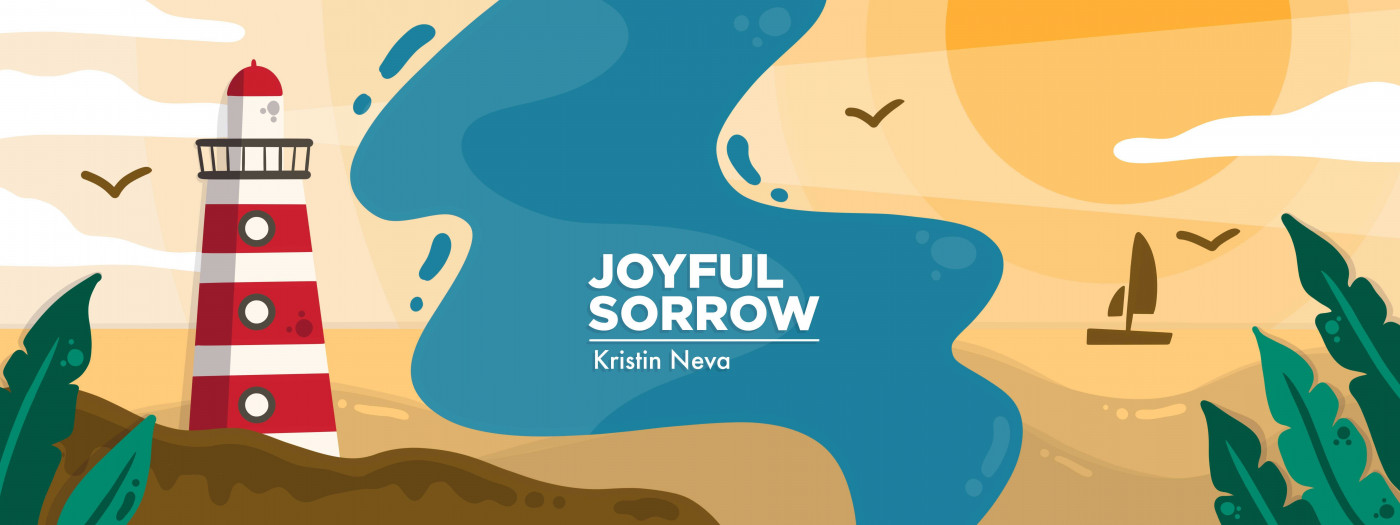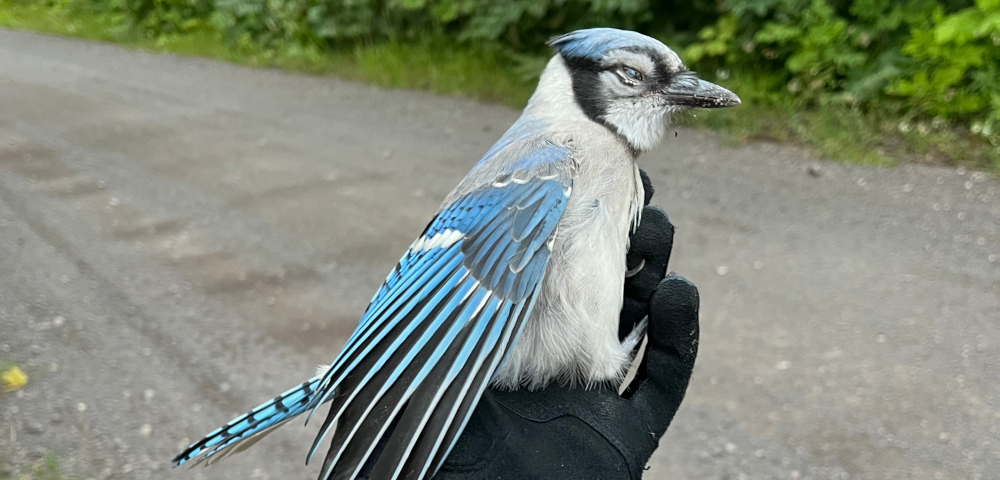Why we fight for life: We do it because we’re human
The tale of Team Blue Jay, and how it connects to our life with ALS

One evening last week after I’d finished cooking dinner, I grew concerned. My almost 14-year-old son had gone out to ride his dirt bike on an off-road vehicle (ORV) trail that ran next to our property. He’d planned to go only to a nature area a couple miles away and back.
“Don’t you think he should be home by now?” I asked my husband, Todd.
“I would think he should be home within 10 minutes,” Todd said.
Not more than a minute later, my phone rang.
“I hit a bird,” our son said. The bird had flown right into him, even though he had swerved to try to avoid it. “What should I do?”
I shared a few options with him. He could leave the bird. I see beauty in nature, but there’s also death. The bears and coyotes need food, and the bird could be dinner for some other creature. But I don’t like to see anything suffer, and so I said he could bring the bird back to shoot it. I’d dread having to do that, but I’m a country girl, and I can muster up toughness when I need to. Or we could bring it to the wildlife rehabilitation people.
“I don’t think we should kill it,” he said. “It’s still very alive. It can hop, but it can’t fly.”
He texted me pictures of the injured bird, and I was on Team Blue Jay.

The injured blue jay. (Courtesy of Kristin Neva)
I sighed. My night had just gotten a bit hectic, but I do want to nurture compassion in my son. “I can come,” I said, “but Dad needs to eat first.” My son understood that to mean I’d be awhile because his father is paralyzed from ALS, and I needed to feed him.
“I’ll be fine,” Todd said. “Put me back on my breathing support and computer. I can eat later.”
I called the wildlife rehabilitation number and left a voicemail. While I waited for a return call, I got an old towel from my rag bag and a fabric bin. My phone rang, and I spoke with the volunteer bird rehabilitator. She agreed to meet me and take the bird.
I drove my all-wheel-drive car a half-mile up the ORV trail to the spot where my son was waiting. He put the bird in the bin, and I added leaves and ferns so it’d feel more comfortable. I put the bin in the back seat of the car, and we bounced down the trail to the main road.
I met the woman and gave her the bird and a $10 donation, thankful there are people who feel called to take care of little creatures — because I have enough to do to take care of my husband.
The next day, she sent a video of the blue jay eating. She texted, “Still not out of the woods but so far so good.”
I felt glad we’d gone to the effort to save the bird. I was rooting for the beautiful blue jay. I thanked her for the update.
A few days later, Todd asked if I’d heard anything more about our bird. I hadn’t, so I reached out.
Minutes later I got a text: “Sadly he didn’t make it. Just too much trauma. At least he had a warm and quiet place to pass.”
I cried as I sent a reply, “Thanks for caring for him.”
I asked Todd, “Was he happier being with humans than he would have been dying in his natural environment in the woods?”
“At least he could eat,” Todd said. “I think it’s kind of like prayer.”
“What do you mean?”
“What you did was more for your heart,” Todd said. “You didn’t help the blue jay because it was a bird. You did it because you are human.”
I thought about how my heart has learned both toughness and compassion during our years living with ALS. I think about life and death a lot because Todd’s life is so precarious. When he aspirates on food or mucus, I fight to clear his lungs with manual assist coughs. He sometimes feels like he can’t get enough air, and he loses his breath. In those moments, I’m mentally tough, detached from the traumatic reality of what we’re facing.
But in quiet moments, I cry and grieve for all we’ve lost. This disease has not only broken his body; it has broken my heart.
Death is inevitable, and yet we fight, because there is still beauty in life. Even though life with ALS is hard and full of suffering, we fight for life and care compassionately not only for the well-being of our loved ones, but also for the sake of our own hearts.
Note: ALS News Today is strictly a news and information website about the disease. It does not provide medical advice, diagnosis, or treatment. This content is not intended to be a substitute for professional medical advice, diagnosis, or treatment. Always seek the advice of your physician or other qualified health provider with any questions you may have regarding a medical condition. Never disregard professional medical advice or delay in seeking it because of something you have read on this website. The opinions expressed in this column are not those of ALS News Today or its parent company, Bionews, and are intended to spark discussion about issues pertaining to ALS.







Diane Reardon-Jorge
What a beautiful story!